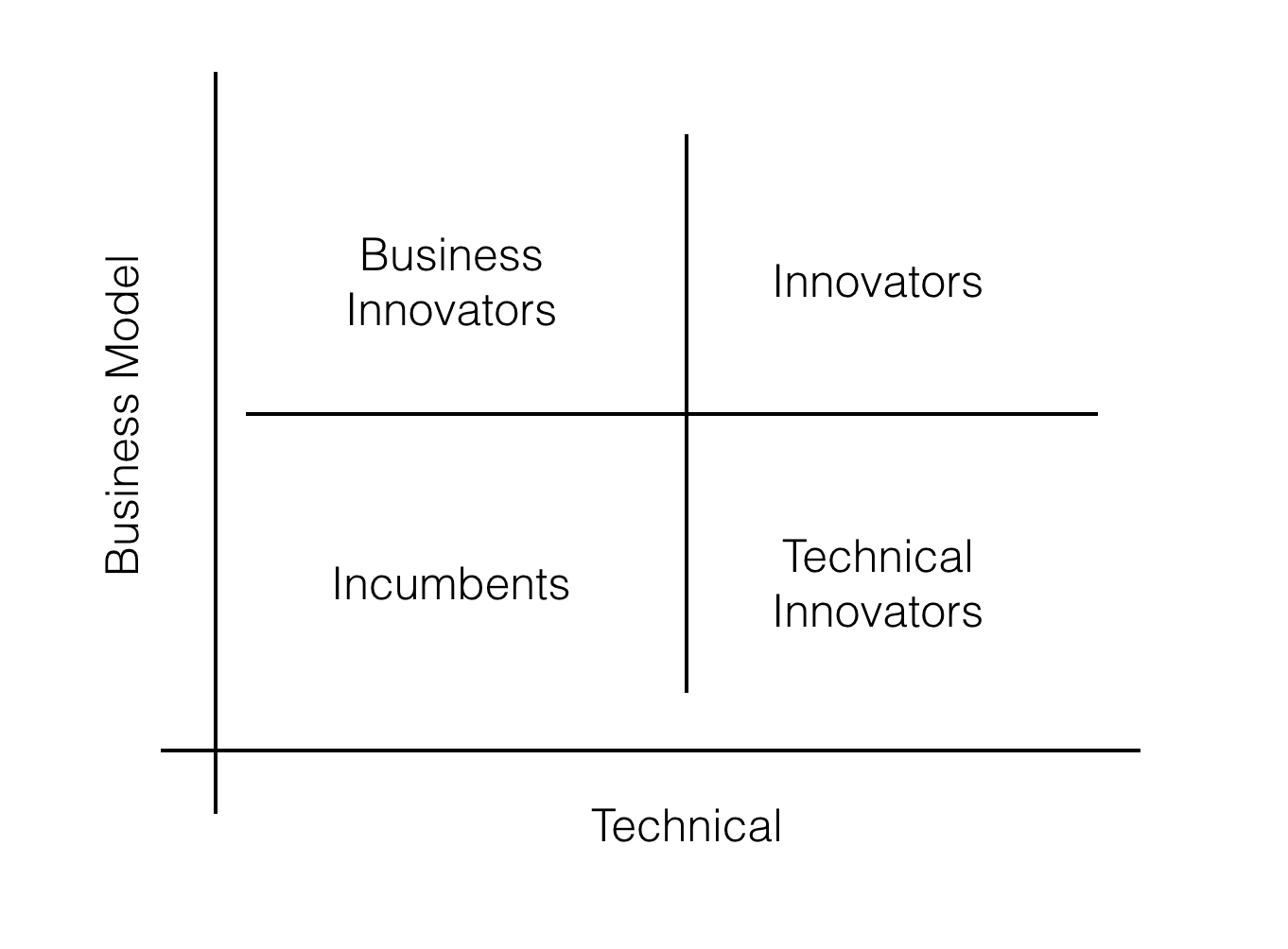The Internet of Things. A bit of a buzzword since it’s inception in the late 1990’s by a guy called Kevin Ashton (a Brit by the way). Almost every day we hear some companies hot take, hear about some start-up developing new hardware, hear about an incumbent building 'yet another IoT innovation lab’, and almost every time we dismiss it as nonsence that no-one would ever need. There’s good reason we’ve thought this. IoT products have largely been a bit pointless, security has almost completely been ignored, and lots of the backend systems haven’t been developed properly, if at all. There’s even a dedicated, and quite successful, Twitter account (@internetofshit) posting about the (mostly funny) failings of IoT. However, I think we’ve now reached an inflection point where the ‘usefulness’ of IoT is on the up.
You see, most of the IoT is actually behind the scenes, it’s under the water, it’s the bits that the average consumer doesn’t see, and it is recently started being developed at an astonishing rate.
Specific Internet of Things networks are going up all over the world. Countries such as South Korea and the Netherlands have country wide IoT networks based on LPWAN (Low Power Wide Area Network) technology such as LoRa and LoRaWAN. Additionally, nearly all of France, Spain and the Czech Republic have Sigfox coverage thanks to their private investment in those countries. Sigfox is another LPWAN based technology. In the UK we have a bit of piecemeal approach to IoT networks. For example, Sigfox is present in some of the larger cities such as London and Liverpool while rival LPMESH based technology such as ZigBee is present across Hampshire.
The Hampshire network is quite a good example of what I’m talking about actually. I’ve lived in Southampton, a city in Hampshire, for about 3 years and had no idea that the whole county was covered by a ZigBee network. It was not until I went to a conference in Berlin that I learnt about this network. It happens that since 2010 every one of the 150,000 or so street lights in Hampshire have been replaced by a ‘Smart Lighting’ system where each lamppost has a ZigBee sub-node on it allowing each street light to be centrally controlled and for new IoT sensors to be added. The main aim of this was originally to save money and its provided around a 40% reduction in lighting energy consumption so far which equates to about £2 million/year - in part due to more efficient lighting and in part due to smart control. Now though this network is being used to test and trial a whole host of other ideas such as monitoring available parking spaces and environmental monitoring. The point I’m making here is that this huge enabling network now exists and most people don’t know about it - it’s the part of the iceberg that’s under the water.
In the news recently was the huge £24 Billion acquisition of ARM by SoftBank. ARM are well known for being ahead of the field in terms of processors for mobile. Their processors are the most power efficient on the market which is a huge advantage for IoT devices where potentially years of battery life are required. It think it’s no coincidence that ARM have been purchased at this point in time.
So, all of this stuff that the consumer doesn’t see is starting to enable consumer facing products that actually offer some benefit. We’re starting to see a number of the big players get seriously in to IoT and actually develop useful products. I don’t normally have good things to say about Samsung but in IoT they’re probably leading the way with their SmartThings product line. One of the major advantages of this is that the SmartThings Hub works with a wide range of products other than those developed by Samsung. This means that your Philips Hue Lights, Bose SoundTouch, or your Yale Smartlock all work off of one hub and one smartphone app. One of the key pillars of IoT will be interoperability.
We have an interesting few years ahead of us as the IoT networks get rolled out behind the scenes and useful consumer products start to slowly enter the market. This is all even before the behemoth that is 5G comes our way by 2020.
I’ll leave you with this great tweet from @BenHammersley:
A water jug in my kitchen just ordered itself its first replacement filter. Feel like a proud parent (cc @ruskin147) pic.twitter.com/pD4WxayKzO
— Ben Hammersley (@benhammersley) July 19, 2016

